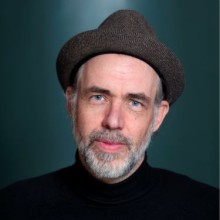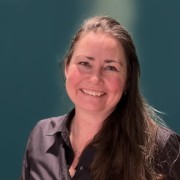
Home Actueel
Actueel
Resultaten: artikelen
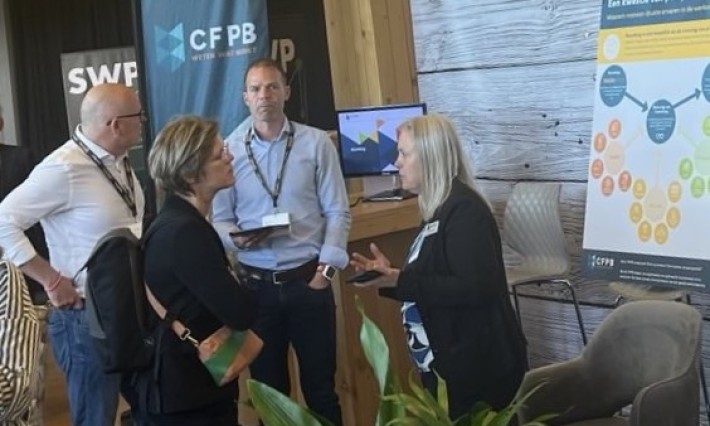
Lees verder Veel behoefte aan CFPB-kennis op WorkPlace Xperience
Op de onlangs gehouden WorkPlace Xperience was er veel belangstelling voor de kennis die het CFPB presenteerde.
Lees verder
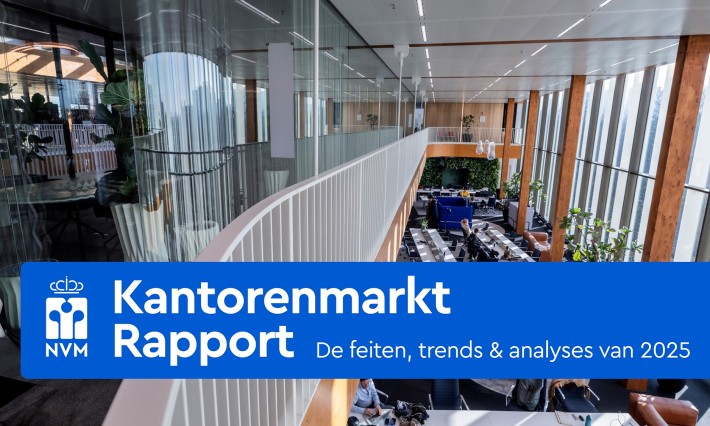
Lees verder 'Mensen willen zich herkennen in de hybride werkomgeving'
Mensen willen zich herkennen in de hybride werkomgeving. Dat is één van de belangrijke conclusies die CFPB-directeur Jacqueline Schlangen naar voren brengt in het NVM-rapport over de kantorenmarkt.
Lees verder
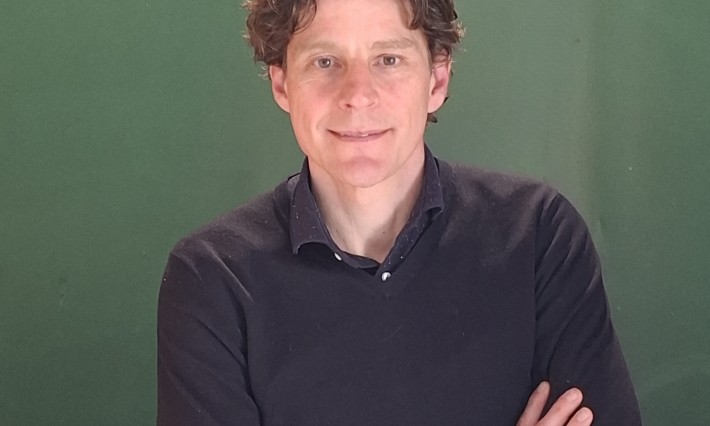
Lees verder Nieuwe CFPB-onderzoeker: Yuri Martens
Sinds 1 maart werkt Yuri Martens als senior-onderzoeker bij het CFPB. Daarmee breiden we ons team uit met een ervaren kracht op het gebied van mens, werk en werkomgeving.
Lees verder
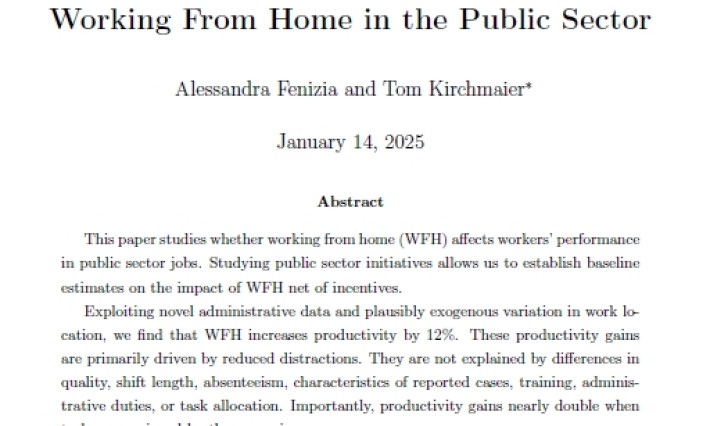
Lees verder Zijn thuiswerkers echt productiever?
Op LinkedIn ging onlangs het bericht rond dat thuiswerkers in de publieke sector maar liefst 12% productiever zijn. Het CFPB zet de onderzoeksuitkomsten in perspectief.
Lees verder
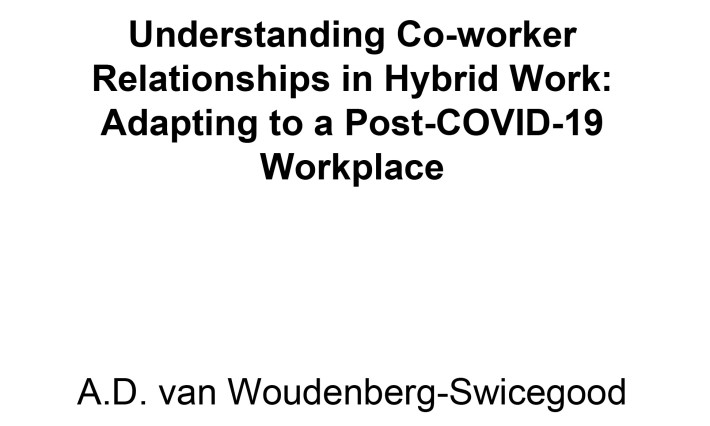
Lees verder Hoe hybride werken werkrelaties beïnvloedt
Met hybride werken brengen kenniswerkers gemiddeld ongeveer evenveel tijd thuis door als op kantoor. Amie van Woudenberg laat in haar dissertatie zien dat dit invloed heeft op de relaties tussen collega’s.
Lees verder
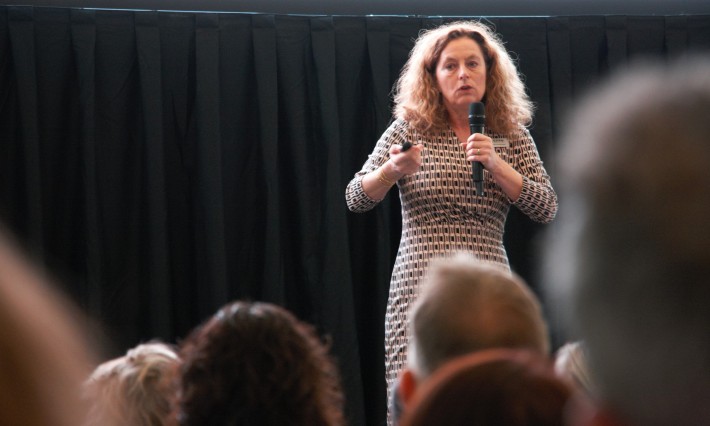
Lees verder 'Hybride werken is niet voor bange managers'
Leidinggevenden spelen in sleutelrol bij het laten slagen van hybride werken. Dat zei CFPB-directeur Jacqueline Schlangen tijdens de bijeenkomst CFPB IMPULS
Lees verder

Lees verder Nieuwe huisstijl CFPB
Het CFPB heeft een nieuwe huisstijl. De eigentijdse visuele identiteit past helemaal bij onze missie als nationaal kenniscentrum voor mens, werk en werkomgeving.
Lees verder
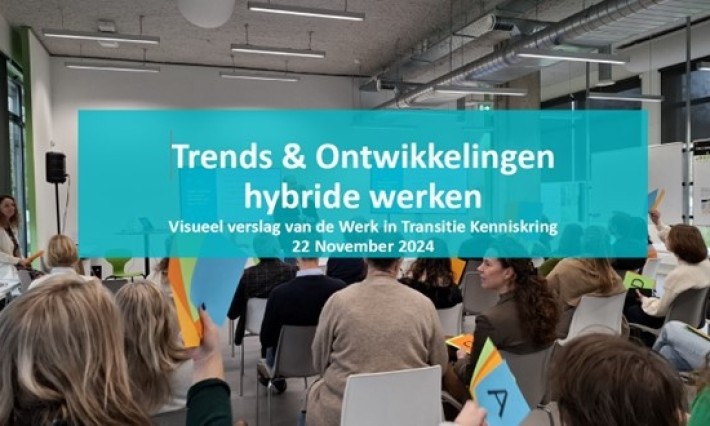
Lees verder Verslag CFPB Kenniskring Trends & Ontwikkelingen
Verslag van de Kenniskring Trends & Ontwikkelingen die gehouden werd op 22 november 2024
Lees verder

Lees verder CFPB vindt zes typische profielen van hybride werkers
Onderzoek toont aan dat er zes verschillende types hybride werkers zijn. Het is te lezen in het nieuwe CFPB-rapport 'Locatiekeuzeprofielen'.
Lees verder
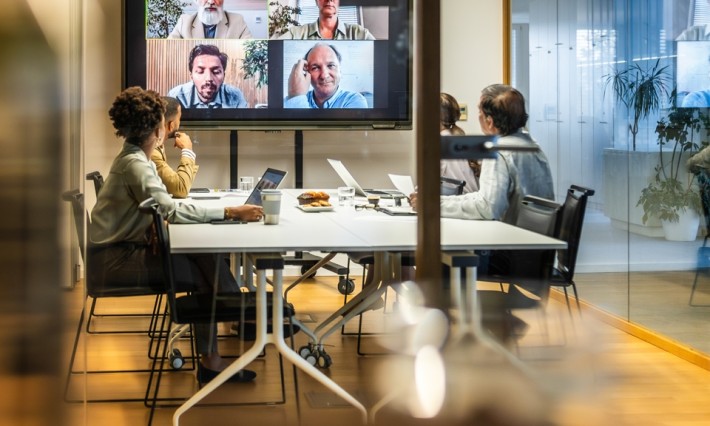
Lees verder Verbinding blijft in stand bij hybride werken
Het CFPB presenteert de Werk in Transitie Benchmark 2024. Uit de publicatie blijkt onder meer dat de verbinding in stand blijft bij hybride werken.
Lees verder
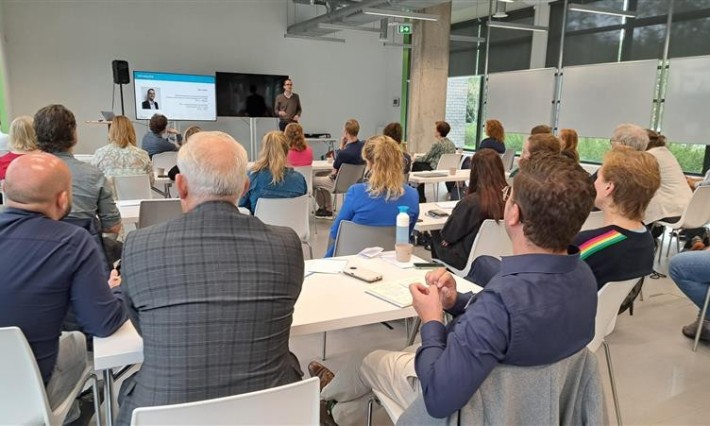
Lees verder Verslag Kenniskring 27.09.2024 | Pilots in Hybride Werken
Verslag van de Kenniskring over de pilots die het CFPB uitvoerde/begeleidde op het gebied van hybride werken
Lees verder
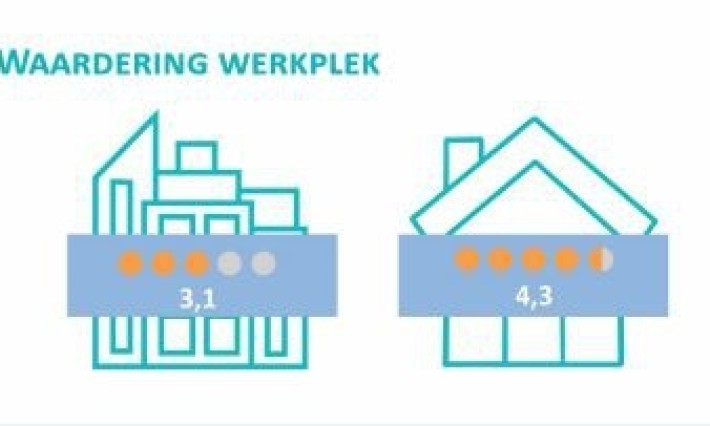
Lees verder Thuiswerkplek hoger beoordeeld dan kantoorwerkplek
Hybride werkers zijn over het algemeen blij met hun thuiswerkplek. Over de werkplek op kantoor is men minder tevreden. Dat blijkt uit de Werk in Transitie Benchmark 2024 van het CFPB.
Lees verder
Meer informatie over actuele berichten?

